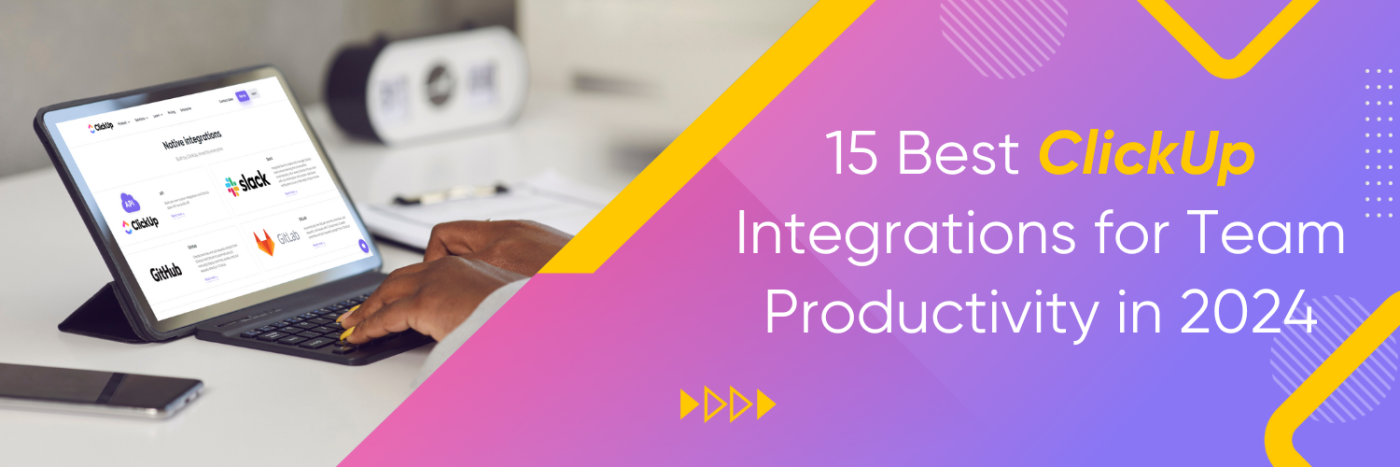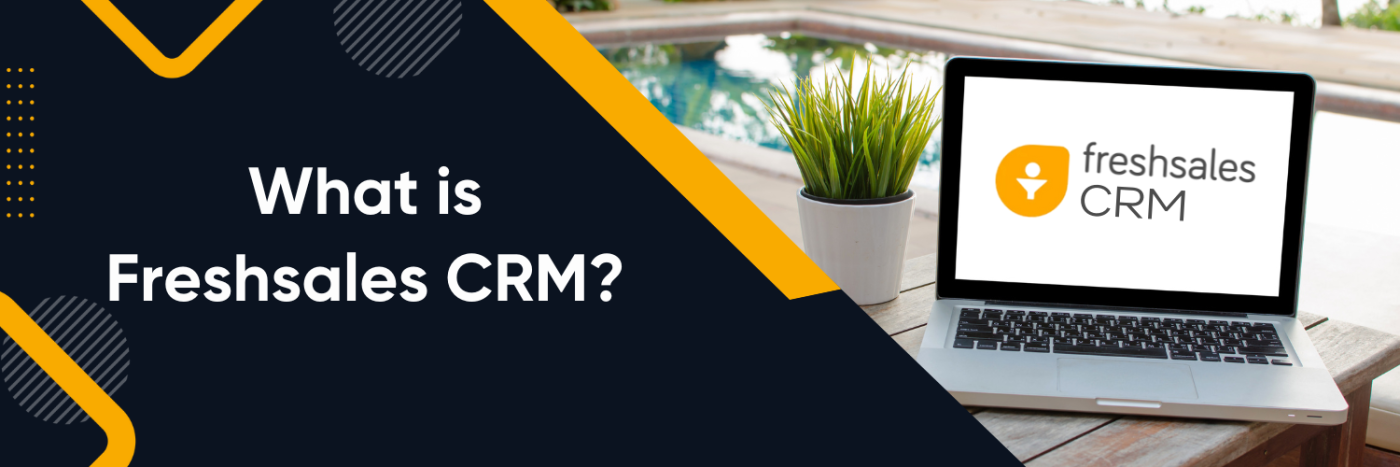What is an SEO Audit?

Factors That Affect Your Website’s SEO Performance
The factors that affect your website’s SEO performance are the keywords you optimise for, the keyword density, your backlinks, your social shares, your content quality, your domain name, your page layout, your load time, your bounce rate, your domain age, and your website content relevance.

Why it’s important to audit your website regularly?
It is very important to regularly check your website to make sure that it is up to date and in good working condition. This way you can prevent any problems or issues before they happen.
There are three main elements to the success of a website:
- A business-focused domain name
- Content that matches the brand and customers
- A strong online presence
You should keep an eye out for several different parts of SEO. After you’ve finished your audit, you should also look at some of the different things you can do to ensure you stay competitive. After all, the technical foundation is not the end of the road to success with search engine optimisation.
It’s important to pay attention to your competition’s SEO activity, make sure you’re on top of the latest SEO trends, and keep up with local SEO best practices if your business depends on visitors who visit your physical location. Every element of an effective SEO strategy is essential, and each should be a corollary to your SEO audits and ongoing SEO maintenance.
When to perform an SEO audit?
You should start planning to perform an SEO audit as soon as your website is in production. By performing an SEO audit before your site goes live, you can plan accordingly.
It’s a good idea to keep an eye on your website or campaigns when you launch them to make sure that they’ll be successful. It’s also a good idea to audit your SEO every quarter. You may want to review your content, backlink profile, and keyword rankings for each web property.
It’s important to remember that it takes time for an SEO campaign to show its full results.
Technical SEO Audit
Fast-paced growth in the digital world puts a lot of pressure on business owners and marketers. But you can do things to take better advantage of this trend. You need to routinely evaluate your website to identify and correct any technical issues, optimise your content to rank better in search engines, and update your marketing collateral for best search rankings.
There are frequent search algorithm changes and new SEO strategies. You need to stay current with them. It’s a putter that is difficult to hit. It’s really good that many technical SEO audit tools exist for those who want to ensure their websites are technically optimised.
As search engines continue to evolve, ensuring that your site is optimised properly for all search engines and that you’re providing quality content is an important part of ensuring high visibility. It’s no secret that search engine optimisation (SEO) is essential to your site’s success. That’s why your site needs to be audited for its technical performance. A good SEO audit will check your site for errors and offer solutions to make your site better.
SEO (Search Engine Optimisation) is about improving your ranking and visibility in Google. An SEO audit will assess your current rankings, identify any problems that need to be fixed, and provide a roadmap to help you achieve better results. There are several ways to do an SEO audit. The easiest way to do an SEO audit is to run a search on your own name in Google to determine how you are doing and where you stand compared to other competitors.

How to Perform a Technical SEO Audit
1. Start by crawling your website
Every technical SEO audit should start by crawling your website to ensure that you’re getting all of the pages in your site that should be indexed. Then, you can use tools, such as SEMrush or SpyFu, that can help you see what keywords people are searching for and how they rank for those keywords.
This SEO tool comes with a full package of features specifically designed to make your search engine optimisation (SEO) easier and more effective. In addition, it allows you to conduct a thorough evaluation of your web pages, which gives you valuable insights into their on-site potential for SEO.
To find out how many pages Googlebot has crawled on your site you’ll need to look at the Google Search Console account settings.
You have a fixed budget, but how can you make the most of it?
You need to do the following:
a. Remove duplicate content
You can spend all of your time crawling and no time doing anything else. So it is important to maintain a good balance in your crawl strategy. You can use tools you can see online to find duplicate web pages. While it’s true that if you want to keep your rankings high in Google, you have to get traffic to your site, there are some strategies to prevent you from getting “penalised” for this.
b. Restrict indexation
There will be pages such as Privacy Policy and Terms and Conditions that will not need to be listed in search results. You can disable this page from being crawled and cut your crawl budget by 99%.
c. Provide URL parameters
Google may crawl the same page twice. With the URL parameters set, you will see one copy of the page, and without the URL parameters, it will crawl the same content as a separate page. Google may think the page is the same and isn’t crawling one of the pages it should be, so it may be returning the results of one of the pages that should be in the result set.
2. Sitemap fixes
Take a look at the HTML and XML sitemaps you found in the first step. Then, under the “Search Traffic” tab on the Webmaster Tools section of your Google Analytics account, you’ll see some important reports that show how users are finding your site.
So that’s what should be listed in the sitemap, not domain.com/products or /products. The sitemap helps the bot find all the pages on your site. It’s up to the bot to decide whether to crawl a page or not. The bot won’t crawl the page if it has any errors.
It’s crucial to include the correct pages in your site’s sitemap for proper optimisation. Make sure you’ve included everything you want to show up in the search results, including all pages in your customer account, gated content, and login pages. On the other hand, every page of your website that you want to be indexed by search engines must be included in your XML sitemap.
3. Audit canonical tags and correct issues
The master page for the search engines is Canonical. Using Canonical tags, you’ll let the search engine know which pages to index on your site and also help them with their indexing. Search engine optimisation (SEO) is a key component in any successful marketing strategy. It’s the invisible force that gives rise to organic search results, helps customers find what they want online, and supports all of your business activities.
An example of a site audit alert that you’ll see in this section might look like this: Your homepage contains duplicate or low-quality content, which is not ideal for your website. Add an h1 tag or a call to action to your homepage to avoid this issue. Search engines use a number of criteria to determine how your website ranks in its results. This can include whether or not you have enough backlinks, the quality of your content, or if the information is structured appropriately.
A canonical tag is one of the AMP requirements. It points to a specific version of an article and tells search engines which version of the page they should consider as the authoritative version of the content.
4. Check and fix security issues
The solution to making your site safer is to move your site to a secure server that’s running the HTTPS protocol, which uses a secure certificate from a third-party vendor to confirm the site is legitimate.
5. Improve site speed
There are two parts to website speed; first, there’s the latency or delay between when a visitor clicks a button or makes a choice and when that action is reflected on the page. This is called the round trip time (RTT).
One way to improve page speed is to reduce images and text size. If you can reduce the size of an image or a few words, you’ll improve the loading time of a webpage.
How long your average webpage takes to load: There are many factors that impact site speed. But the first and most important step toward improving a site’s page speed is understanding where it currently ranks.
Improve your page load time, and your site speed will improve. When you’re looking to improve your web pages, Google has a tool called PageSpeed Insights that will tell you whether you need to make any changes to your site’s speed.

6. Discover the most common Mobile-Friendliness issues
When you have a mobile-optimised website, search engines can index your pages. If your website has no mobile-optimised version, your website will not be indexed at all. Mobile-friendliness is why it’s so important that you address the issues with your site’s mobile friendliness.
There are two ways to optimise for mobile. You can focus on responsive web design (RWD) so that your webpages render well on various devices, or you can use AMPs which are stripped-down versions of your main website pages.
AMP pages load faster on mobile devices than regular pages because Google serves them from its cache, which keeps them from having to load the page twice (once for the original content and again for the AMP content).
7. Spot and fix the most common code issues
During your technical SEO audit, pay attention to several different parts of your site’s code and markup, including title tags, meta descriptions, headers, images, and other content.
JavaScript
When we search, we often want to search the web for a particular topic, not just see what the websites are about. When a website is coded with JavaScript, it becomes harder for us to crawl the pages. After all, our software will have trouble reading it.
In order for your web pages to appear correctly when viewed by search engines, you need to include JavaScript or CSS files in the body of your HTML file. Of course, Google will try to find them in your website’s internal links, but if it fails to do so, it will just ignore the pages.
When you’ve got your search engine optimisation figured out, you can see that it’s working by going to Google.com and typing in your search terms. If it’s not, our JavaScript SEO guide can help you diagnose and fix specific JavaScript-specific indexing problems.
8. Spot and fix duplicate content issues
One of the reasons for having the same information on multiple pages is that the person viewing the webpage doesn’t want to click on the link that takes them to a new page with the same information they are already seeing.
You should pay close attention to your content strategy and to your site’s taxonomy. If you’re creating duplicate content, you could find yourself creating duplicate content on multiple pages, which isn’t helpful or SEO friendly. You can use pillar pages and topic clusters to organise your site’s content. You can also use these features to boost your site’s authority and SEO.
Taxonomy
Taxonomy improvements are a lot like taxes: sometimes, it makes sense to do them, but if you do it without carefully planning out what you need, then you could end up in trouble. If your archives are missing any sequencing, it will be hard for your visitors to navigate your archive. They’ll have to scroll back to the beginning every time they visit.
A site audit will detect duplicate content in pages that have 80% identical content. These pages can then be flagged for review by an expert who can determine if they are indeed duplicate content. For the most part, the problems in this issue were due to multiple versions of URLs. Sometimes, though, the URLs have no problems, but the page contains no content or contains erroneous content.
There are three ways to improve your site’s taxonomy while doing an SEO Audit:
- First, pay attention to how you use categories and tags.
- Second, make sure your categories and tags are used in an intentional way.
- Third, use a category structure that works best for your site.
9. Find and fix redirect errors
Sometimes, people are just having technical difficulties when they click on a link leading to a page or website. That’s why they get an error message or a page that doesn’t load properly. After you run your Site Audit, you’ll see a list of your top issues, including the issues that cause your 404, 302, or other error pages to be displayed on your site. From there, you can click the button below, “View all issues,” to see your redirect errors and status codes.

What to expect during and after an SEO Audit?
It is recommended that you make the most of every chance to communicate with your salesforce team, but the best way to do so is through weekly or bi-weekly check-ins. The low-hanging opportunities are usually discovered during an audit of a website, and they tend to be easy fixes that should be done right away.
When you have something as important as an eCommerce idea, it’s critical that you share it with us so we can help you find the right audience and build your online business to succeed. This is a good opportunity to recover lost visibility while the remainder of the audit is carried out.
Why Choose Ubique Digital Solutions
Many business owners often wonder why they should hire a professional SEO company. The answer is simple – it will save you time and money. It can be hard to stay on top of the constantly changing algorithm with the rapidly evolving world of SEO. A qualified SEO company has experts that are trained in what will work in any given situation. They will help your business grow with their years of experience and knowledge in search engine optimisation.
So here, we recommend one of the most trusted digital agencies that can help you with your SEO needs, Ubique Digital Solutions. UDS is comprised of a team of professionals who have excellent SEO skills that are proven and tested by their clients. Your SEO challenges will be easier and more worthwhile when you partner with UDS. Reach out to us today.
FAQs
Q: How do I conduct a free SEO audit?
You can conduct a free SEO audit using online tools or services that analyze your website’s SEO performance. These tools often provide insights into issues and recommendations for improvement.
Q: How do I know if my website needs an SEO audit?
You should consider an SEO audit if you notice a drop in search engine rankings, a decline in organic traffic, or if you’re launching a new website or making significant content or structural changes.
Q: How often should you audit SEO?
It’s a good practice to audit your SEO regularly, with the frequency depending on the size and complexity of your website. Many experts recommend quarterly or semi-annual audits to ensure optimal performance.












